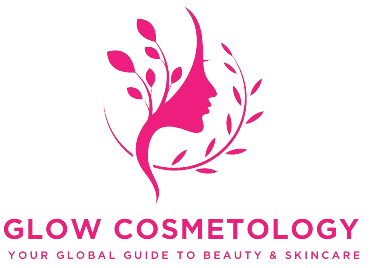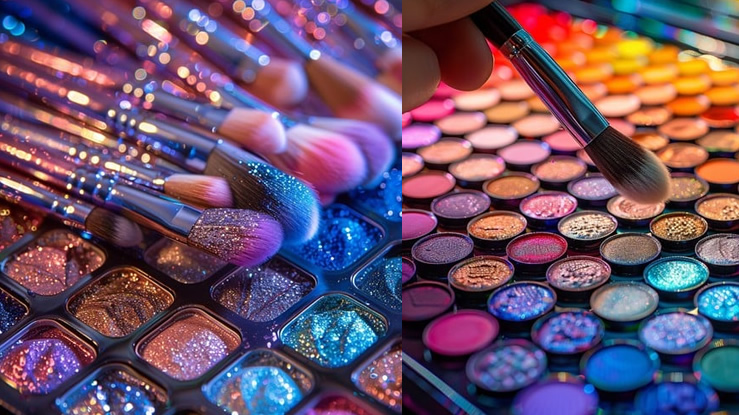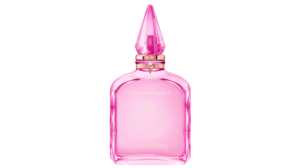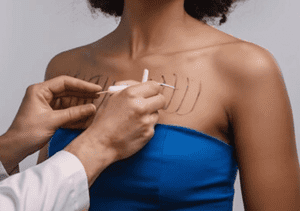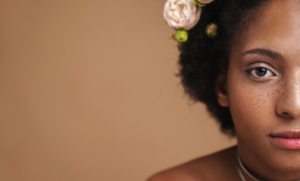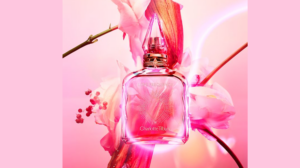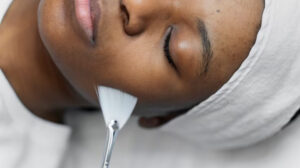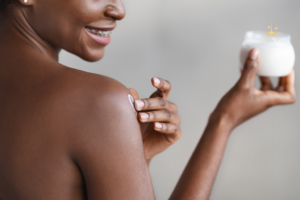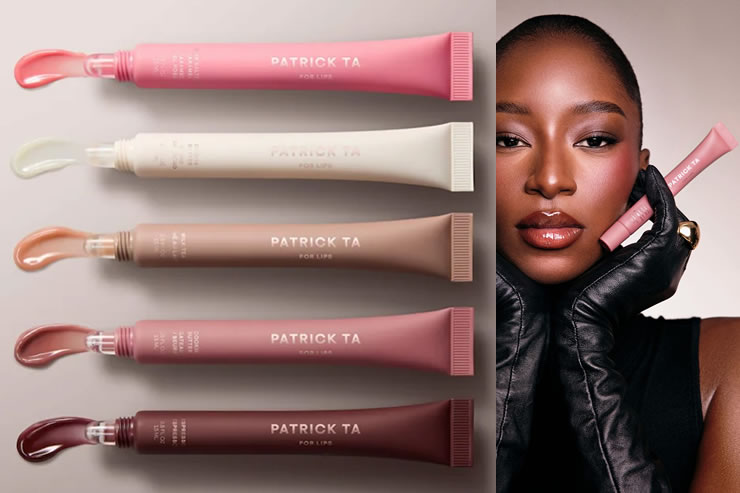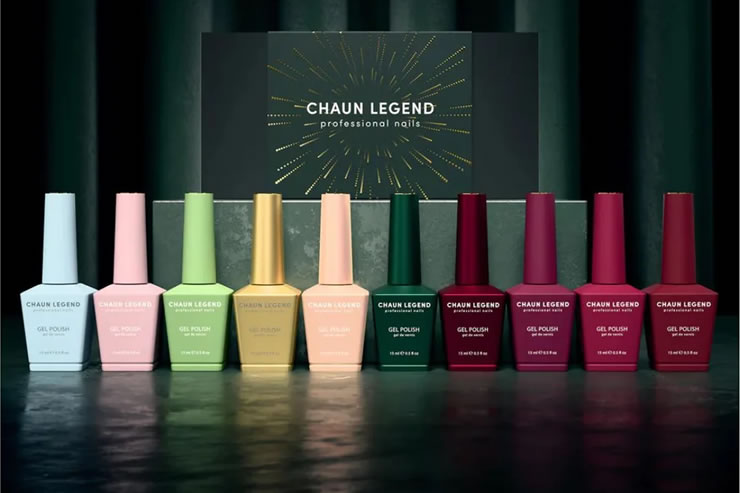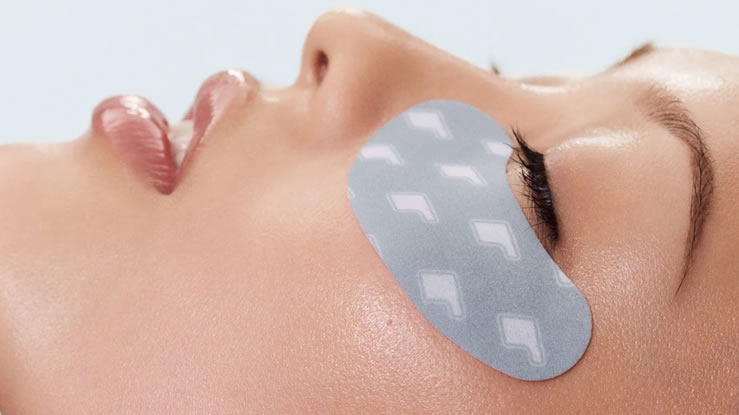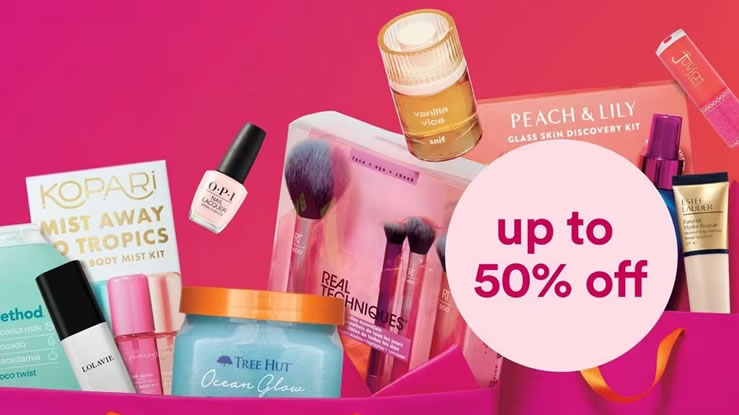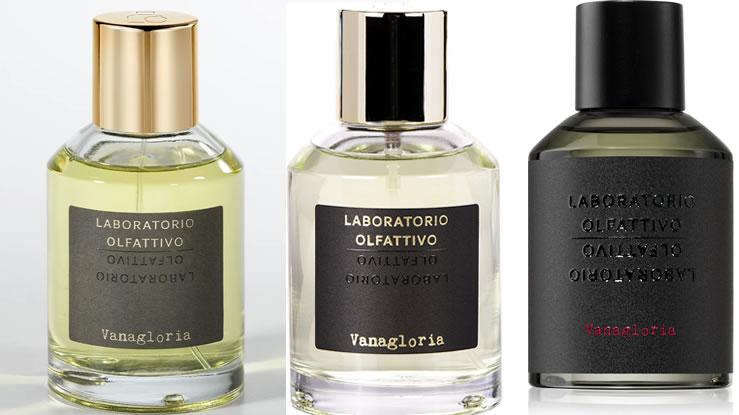Choosing the right makeup palette to use can be an overwhelming process, especially with the endless variety of shades, finishes, and textures available today. A makeup palette is more than just a beauty product; it’s a toolkit for creativity and self-expression. Whether you’re a beginner experimenting with makeup or a professional aiming for perfection, this guide will help you identify the right makeup palette for your needs.
In this article, we will break down everything you need to know to choose the ideal makeup palette, including factors like your skin tone, occasion, personal style, and even the latest trends.
What is a Makeup Palette, and Why Does it Matter?
A makeup palette is a collection of colors designed for specific purposes, such as eyeshadow, blush, contour, or multi-use. It provides a convenient way to carry multiple shades in a compact form. Palettes simplify makeup routines by offering curated color combinations that work well together.
Types of makeup palettes include:
- Eyeshadow Palettes: Contain a range of shades for the eyelids.
- Face Palettes: Include blush, bronzer, highlighter, and contour shades.
- Lip Palettes: Offer various lip colors in creamy or matte finishes.
- All-in-One Palettes: Combine products for eyes, lips, and face in one set.
Step 1: Identify Your Makeup Goals
The first step in choosing a makeup palette is understanding your goals. Are you creating natural, everyday looks, or do you prefer bold and dramatic styles?
- Daily Wear: A neutral palette with beige, brown, and soft pink tones is ideal.
- Evening Looks: Opt for palettes with shimmer or metallic shades.
- Seasonal Choices: Warmer tones work for fall, while pastels are perfect for spring.
- Special Events: Bold palettes with glitter and high-pigment colors add drama to your look.
Understanding your specific needs will narrow down your options.
Step 2: Match the Palette to Your Skin Tone
Choosing shades that complement your skin tone is essential to create a cohesive and flattering makeup look.
Fair Skin
- Best Shades: Pastels, soft pinks, taupes, and champagne tones.
- Avoid overly dark shades as they may appear harsh.
Medium Skin
- Best Shades: Warm tones like peach, terracotta, and bronze.
- Jewel tones like emerald green and royal blue look stunning.
Dark Skin
- Best Shades: Rich colors like gold, copper, and burgundy.
- Bright and vibrant hues like orange or teal pop beautifully.
Step 3: Consider Your Eye Color
Your eye color plays a significant role in determining which shades will enhance your features.
- Brown Eyes: Warm shades like gold, bronze, and purple enhance brown eyes.
- Blue Eyes: Orange, peach, and copper shades create a striking contrast.
- Green Eyes: Burgundy, mauve, and earthy tones complement green eyes.
- Hazel Eyes: Olive green, plum, and gold shades bring out the multi-tonal nature of hazel eyes.
By considering your eye color, you can select a palette that makes your eyes stand out.
Step 4: Select the Right Formula
Makeup palettes come in various formulas, each with its own benefits and uses:
- Powder Formulas: These are easy to blend and build, making them beginner-friendly.
- Cream Formulas: Perfect for dry skin, cream formulas offer a dewy finish and are great for multitasking.
- Liquid Formulas: Ideal for bold and precise applications, though they require some practice to master.
- Hybrid Palettes: These combine powder and cream textures for added versatility.
Choose a formula that aligns with your skill level and desired finish.
Step 5: Evaluate Palette Finishes
The finish of the colors in your palette will determine the final look of your makeup. Common finishes include:
- Matte: Perfect for creating depth and achieving a natural look.
- Satin: A soft sheen that works for any occasion.
- Shimmer: Adds a touch of glamor, ideal for parties or evening events.
- Metallic: Offers a bold, high-impact look.
- Glitter: Best for special occasions, providing a sparkling effect.
Step 6: Think About Your Makeup Skill Level
Your level of expertise can help you decide which palette to use:
- Beginners: Start with neutral palettes that include a mix of light, medium, and dark shades.
- Intermediate: Experiment with colorful palettes to create bolder looks.
- Advanced: Opt for palettes with unique textures and unconventional colors to unleash your creativity.
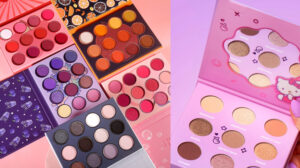
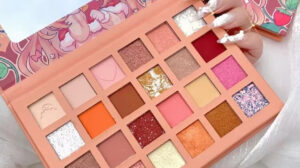
Step 7: Ensure Versatility and Value
A versatile makeup palette should offer a range of shades for various occasions. Look for palettes that include:
- Base Shades: Light colors for highlighting and blending.
- Transition Shades: Medium tones for smooth blending.
- Dark Shades: Deep colors for adding definition and creating smoky effects.
Additionally, consider palettes with multi-use products to maximize value.
Step 8: Research Brands and Quality
The quality of your makeup palette matters, as it determines the pigmentation, blendability, and longevity of the shades. Popular brands known for high-quality palettes include:
- Urban Decay: Famous for its Naked palettes with versatile neutral shades.
- Morphe: Offers affordable palettes with extensive shade ranges.
- Anastasia Beverly Hills: Known for buttery textures and bold colors.
- Huda Beauty: Specializes in richly pigmented, blendable formulas.
Step 9: Read Reviews and Watch Tutorials
Before buying a palette, read customer reviews and watch tutorials. Reviews provide insights into the quality, pigmentation, and ease of use, while tutorials offer inspiration for creating different looks with the palette.
Step 10: Stay Updated on Makeup Trends
Seasonal and trending palettes are great for staying fashionable. For example:
- Winter Trends: Cool tones like silver, navy, and frosty pinks.
- Summer Trends: Bright hues like coral, turquoise, and gold.
- Minimalist Trends: Neutral palettes for subtle, no-makeup looks.
FAQs About Choosing Makeup Palettes
1. Can one palette be used for everything?
Yes, multi-use palettes include shades for eyes, lips, and cheeks, making them versatile for different looks.
2. What is the best beginner palette?
Neutral palettes like the Urban Decay Naked Basics are great for beginners due to their simplicity and blendable shades.
3. How do I know if a palette suits my skin tone?
Test shades on your wrist or jawline to see how they complement your complexion.
4. Are expensive palettes worth the price?
High-end palettes often feature superior pigmentation and formula, but there are also affordable options with excellent quality.
5. How do I clean my makeup palette?
Regularly sanitize the surface with a clean tissue or a makeup-safe disinfectant spray to prevent bacteria buildup.
Selecting the perfect makeup palette is a combination of understanding your personal style, makeup needs, and the features that suit your skin tone and skill level. Whether you’re creating an everyday look or experimenting with bold colors for a special occasion, the right palette can make all the difference. Use this guide to confidently choose a makeup palette that complements your natural beauty and enhances your creativity.
You Might Like;>>>How to do makeup on holiday?
